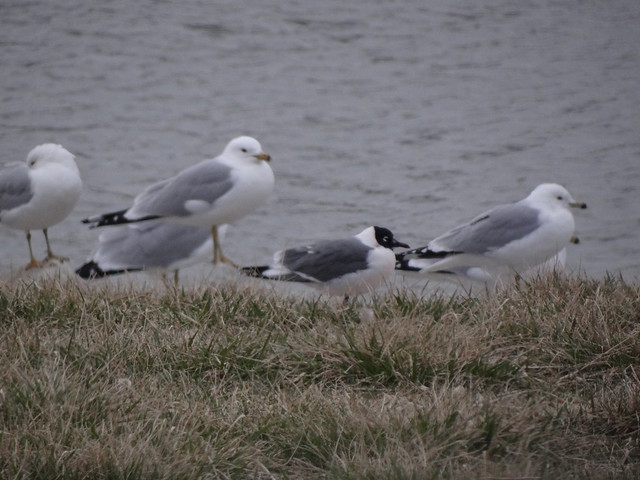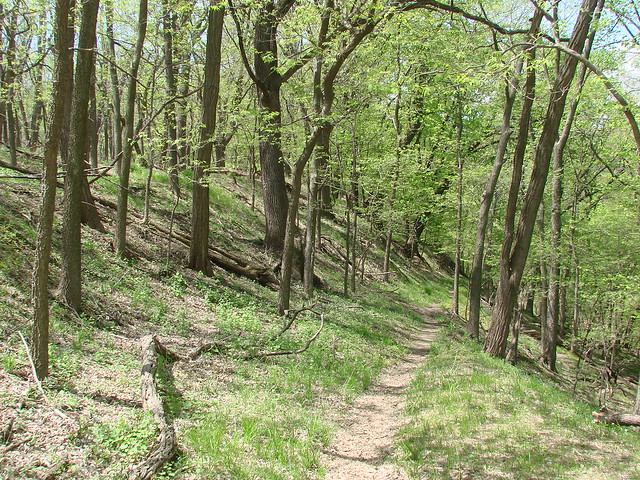I’m in Denver with seven friends on a Linnaean Society field trip to the western plains. We’ll be traveling over the next week to the Wildcat Hills, the Pine Ridge, and the Black Hills in search of residents, migrants, and September vagrants. Can’t wait to see what these days bring!
We started this afternoon with a quick visit to Barr Lake, a few minutes from our hotel and usually just about the birdiest place around. Mid-afternoon on a ninety-plus-degree day was a bit less productive, but there were some notable highlights: great scope views of Cassin’s kingbird, an osprey dive-bombing a perched bald eagle, more than 400 American white pelicans, plenty of prairie dogs and fox squirrels. Some of us even got life birds — and that tally should continue to rise, especially after the promised cold front end of the week.
Stay tuned! Maybe tomorrow I’ll even remember to take some pictures. Or maybe not: sometimes you’re just having too much fun to let the camera interrupt.









